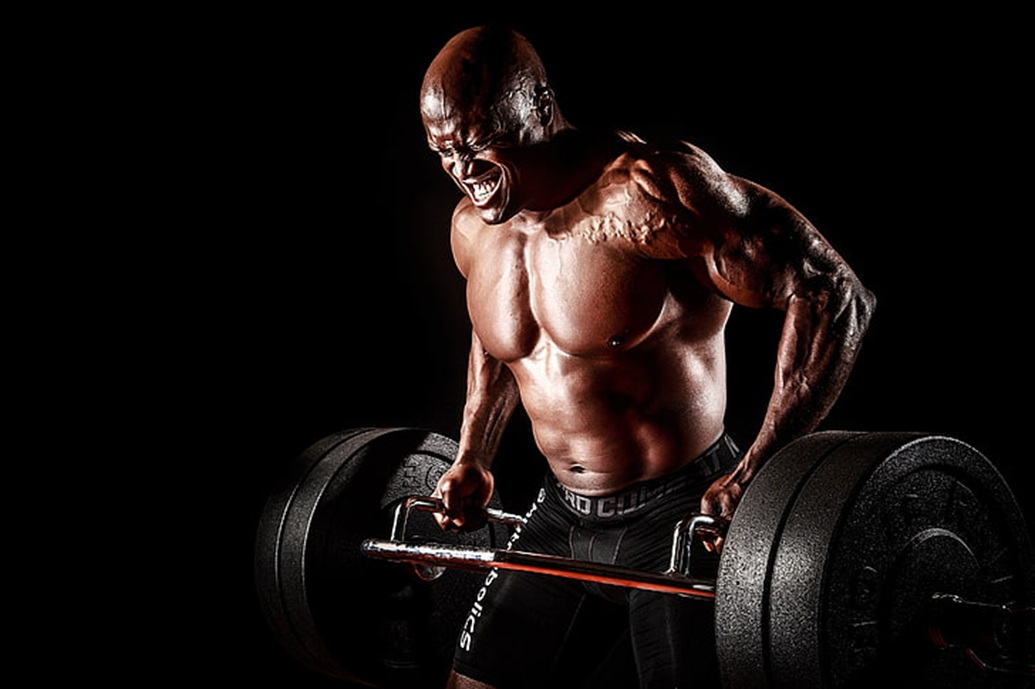Building Strength vs. Building Muscle
When people start working out, they often have different goals in mind. Some aim to increase their strength, lifting heavier weights over time, while others focus on building muscle mass for a more defined and aesthetic physique.
While these two goals—strength and hypertrophy (muscle growth)—are closely related, they are not the same thing.
Understanding the key differences can help you optimize your training program to meet your specific goals.
Is Strengthening the Same as Building Muscle?
Although strength and muscle size are connected, they are not identical. Strength refers to the ability to exert force, which depends on several factors beyond muscle size, including neural adaptations, muscle fiber recruitment, and coordination.
On the other hand, muscle hypertrophy is the increase in muscle size due to resistance training. While having bigger muscles generally contributes to greater strength, the relationship is not always linear.
For example, powerlifters and Olympic weightlifters often have immense strength but may not always have the most massive muscles compared to bodybuilders.
This is because their training focuses on maximizing neuromuscular efficiency rather than purely increasing muscle size.
In contrast, bodybuilders aim for hypertrophy, which involves increasing muscle fiber cross-sectional area through volume training and time under tension.

Why Am I Gaining Muscle but Not Strength?
It is entirely possible to experience muscle growth without significant increases in strength. This happens for several reasons:
Training Style: If your workout focuses on higher repetitions (8-15 reps per set) with moderate weight, you are primarily stimulating muscle hypertrophy rather than pure strength gains.
Strength training typically involves lifting heavier weights for fewer reps (1-6 reps per set), which better trains your nervous system for maximal force production.
Neuromuscular Adaptations vs. Hypertrophy: Strength is influenced by how efficiently your nervous system activates muscle fibers. Early in a training program, strength gains occur rapidly due to neural adaptations rather than muscle growth.
However, if you primarily train for hypertrophy, your muscles may grow, but your nervous system might not be optimally trained to recruit those muscles for maximum force output.
Muscle Fiber Type: Different muscle fibers contribute to strength and size in different ways. Type II (fast-twitch) muscle fibers generate more force and are crucial for strength but are not always the most hypertrophied.
In contrast, Type I (slow-twitch) fibers are more endurance-oriented but can still grow in size, though they do not contribute as much to maximal strength.
Technique and Skill: Strength training involves a skill component. Even if your muscles are growing, you may not be improving your technique efficiently, which limits how much weight you can lift safely. Proper form, stability, and coordination play significant roles in maximizing strength gains.
Recovery and Fatigue Management: If you are experiencing muscle growth but not strength gains, it could be due to inadequate recovery. Overtraining, insufficient sleep, or poor nutrition can impair strength progression even when muscle hypertrophy continues.
Do You Get Stronger Every Time You Work Out?
While you may experience strength gains early in a training program, strength does not increase linearly forever. Several factors influence whether you get stronger each time you work out:
Neural Adaptations: In the beginning, your nervous system becomes more efficient at recruiting muscle fibers. This leads to rapid strength gains. However, as you progress, these adaptations slow down, and additional increases require more effort.
Progressive Overload: To continue getting stronger, you must progressively challenge your muscles by increasing weight, reps, or training intensity. Simply repeating the same workout with no added difficulty will eventually lead to a plateau.
Training Volume and Intensity: Strength training programs often include periodization, where intensity (weight lifted) and volume (total reps and sets) are adjusted over time. Not every session will make you immediately stronger, but cumulative training over weeks and months leads to improvements.
Fatigue and Recovery: If you train too frequently without adequate rest, your performance may temporarily decline. Strength gains require a balance of training stress and recovery. Strength might not increase every session, but proper programming ensures long-term progress.
Psychological and Physiological Factors: Motivation, focus, and mental fatigue can also impact how strong you feel on a given day. Some sessions may feel easier or harder depending on factors like sleep, nutrition, and stress levels.

How Many Days a Week Should You Lift Weights?
The optimal number of weightlifting sessions per week depends on your goals, fitness level, and recovery capacity:
- For Strength Gains: Training 3-4 times per week with heavy weights and compound movements allows for adequate recovery while maximizing strength development.
- For Muscle Growth: A frequency of 4-6 times per week with a mix of volume and intensity works best for hypertrophy. Muscle groups can be split to ensure they are trained twice per week.
- For General Fitness: If your goal is overall health and fitness, 2-3 sessions per week with full-body workouts can be effective.
- For Advanced Athletes: Competitive lifters or bodybuilders may train up to 6 days per week, carefully managing recovery and periodization to prevent overtraining.
Regardless of your frequency, allowing adequate rest and ensuring proper nutrition are key to long-term success.
How to Optimize Both Strength and Muscle Growth
If you want to build both strength and muscle size, consider incorporating elements of both hypertrophy and strength training into your routine. Here are some strategies:
- Use a Mix of Rep Ranges: Train with heavy weights (1-6 reps) to maximize strength while also incorporating moderate reps (8-15) to stimulate hypertrophy.
- Prioritize Compound Movements: Exercises like squats, deadlifts, bench presses, and overhead presses build both strength and muscle mass efficiently.
- Ensure Proper Recovery: Sleep, nutrition, and deload periods (lighter training weeks) are essential for continued progress.
- Track Progress: Whether you focus on strength or size, tracking your lifts and muscle measurements helps identify what is working and what needs adjustment.
Strength and muscle growth are related but distinct aspects of fitness. While bigger muscles can contribute to greater strength, neural adaptations, training methods, and recovery also play crucial roles.
If you find yourself gaining muscle but not strength, adjusting your training intensity, volume, and technique may help.
Strength gains do not happen every single workout, but with proper progression and consistency, they will accumulate over time. Understanding these differences will allow you to structure your training effectively and achieve your desired results.



